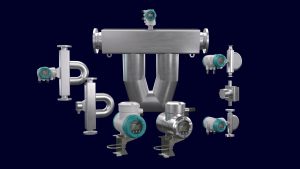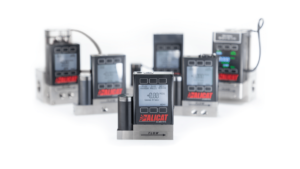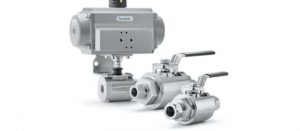![]()
Fluid flow develops
with the movement of liquid and gaseous materials and pressure sensors play a crucial
role in determining many aspects of fluid flow.
Fluid
dynamics provides the means of understanding the parameters that impact fluid
flow.
In this
context, the term “fluid” refers to either liquid or gases.
Why measure the flow?
In various industrial processes, it is crucial to measure the rate of fluid flow accurately within a system as a whole or in part.
This
applies equally to gases and liquids which are an integral part of the process,
or to compressed air, water or steam which are essential to plant operation.
Flow
describes a wide range of fluid movement, such blowing through the air, flowing
through a pipe, or running along a surface. The flow of a fluid is classified
in a variety of different ways, based upon the various properties of the flow.
A flowmeter
is used to measure the rate of fluid or energy flow to allow the process to be
controlled and so ensure that the end product is of the appropriate quality.
The flow of a fluid can be classified in a variety of different ways, based upon the various properties of the flow.
Fluid dynamics key concepts
Here are
some of the main fluid dynamic concepts when trying to understand fluid
dynamics.
As fluids flow, the density and pressure of the
fluids are also crucial to understanding how they will interact.
The viscosity determines how resistant the liquid is to change, so is
also essential in studying the movement of the liquid. Here are some of the
variables that come up in these analyses:
- Bulk viscosity: μ
- Density: ρ
- Kinematic viscosity: ν = μ / ρ
Reynolds number (Re) is a dimensionless velocity value
used to predict flow patterns. It is a function of the inertia force (ρ u L),
and the viscous or friction force (μ).
Bernoulli’s
Equation (or bernoulli’s
principle) is used to determine fluid velocities through pressure measurements.
It starts with qualifications of non-viscous, steady, incompressible flow at a
constant temperature.
- P + ½ρv2 + ρgy = constant
- P = pressure
- v = velocity
- ρ = density of the fluid
- g = gravity
- y = height
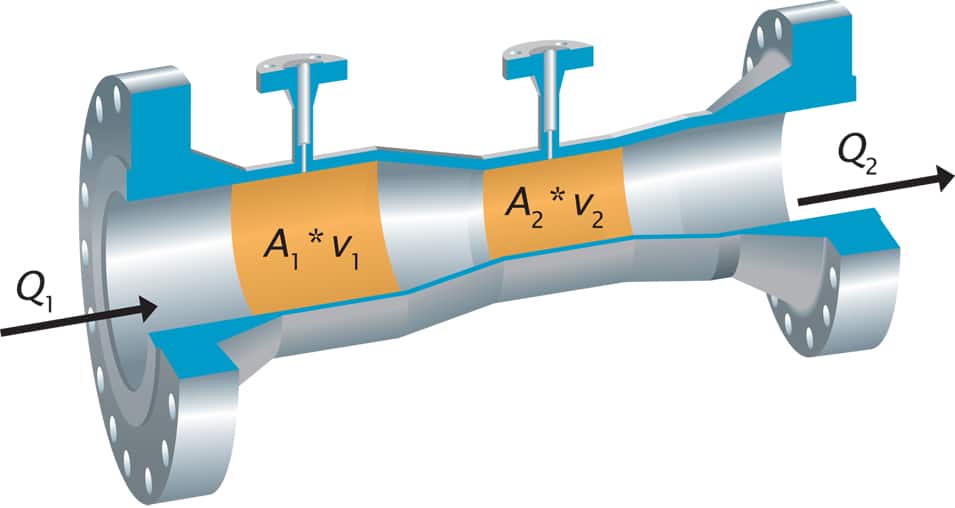
The venturi effect and Bernoulli’s principle
Definition Venturi
Principle: Increase in fluid speed results in decrease in internal pressure.
Because of its
dependability and simplicity, the Venturi is among the most common flowmeters.
The Venturi meter (also known as differential pressure flowmeter) is an application of Bernoulli’s equation.
The Venturi
flowmeter measures a fluid’s flowrate by reducing the cross-sectional flow area
in the flow path and generating a pressure difference.
With no
moving parts or abrupt flow restrictions, the Venturi flowmeter can measure
fluid flowrates with a minimal total pressure loss. A Venturi flowmeter requires
two pressure and one temperature measurement to accurately determine
flow.
Applications Venturi flowmeters:
The Venturi
flometer is used in a variety of industrial applications that include gas,
liquids, slurries, and other processes where permanent pressure loss is not
acceptable.
The Venturi is used in large diameter pipes, that can be found in waste water treatment plants. Because of their gradually sloping smooth design, it allows solid particles to flow through it.
The Venturi
flowmeter can therefor used for applications in which there is a high solids (for
example dirty fluids) content or high pressure-recovery is desirable. It can
also be used to measure fluid velocity.
The temperatures and pressures of chemicals in a pipeline do not affect the accuracy of a Venturi flowmeter and because of this they are also used in crude oil pipelines.
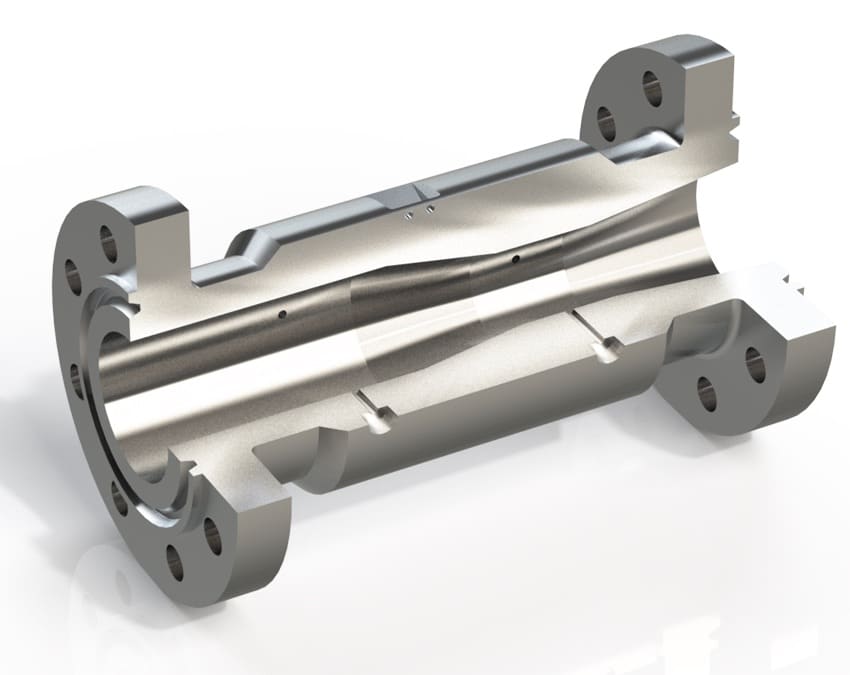
Advantages Venturi flow meters:
- Simple in operation
- Low head loss
- Tolerance of high solids content
- Long-term reliability
- No moving parts
- It can be installed in any direction: horizontal, vertical and inclined
Disadvantages Venturi flow meters:
- Expensive
- Difficult to inspect and maintain due to its construction
- Poor turndown ratio
- Critical installation requirements
Click here for related articles on Flow MeasurementFind manufacturers of flow meters in our Equipment Guide
Sign up for Flow Control and Measurement E-Updates
Source of Article

